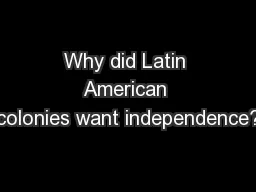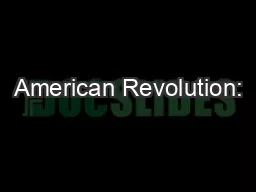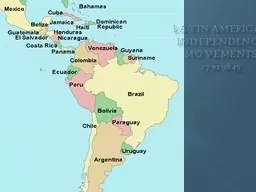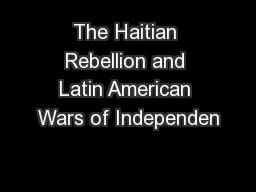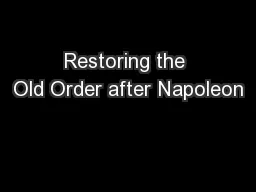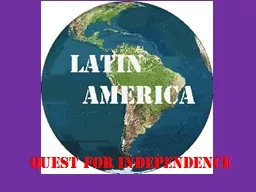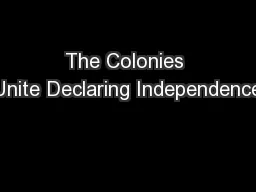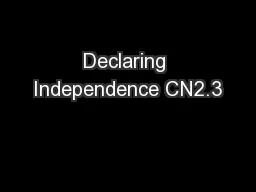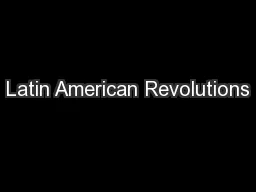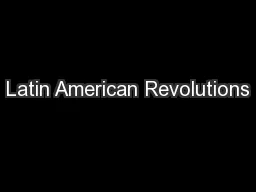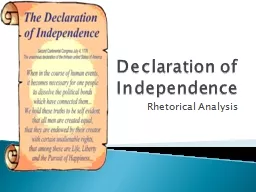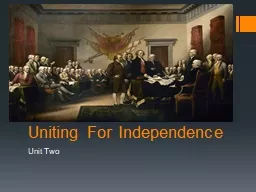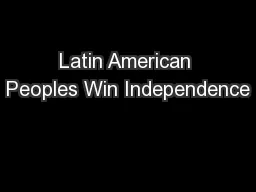PPT-Why did Latin American colonies want independence?
Author : danika-pritchard | Published Date : 2018-12-24
Creoles American born whites in colonies began to question European colonial policies The nonCreole nonEuropean majority resented European colonial government But
Presentation Embed Code
Download Presentation
Download Presentation The PPT/PDF document "Why did Latin American colonies want ind..." is the property of its rightful owner. Permission is granted to download and print the materials on this website for personal, non-commercial use only, and to display it on your personal computer provided you do not modify the materials and that you retain all copyright notices contained in the materials. By downloading content from our website, you accept the terms of this agreement.
Why did Latin American colonies want independence?: Transcript
Download Rules Of Document
"Why did Latin American colonies want independence?"The content belongs to its owner. You may download and print it for personal use, without modification, and keep all copyright notices. By downloading, you agree to these terms.
Related Documents

